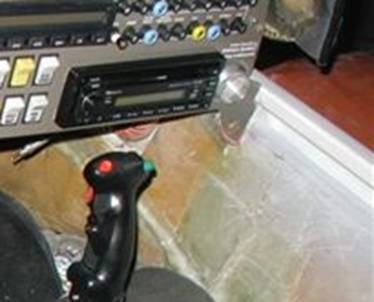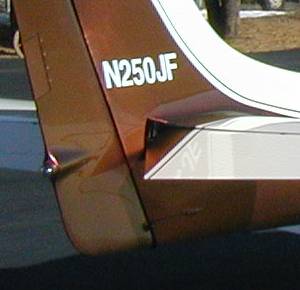Bill,
I had the same problem at low airspeeds (higher angles of
attack). In a 110-120 kt climb, airflow through the vents would drop
substantially (the flow was OK at cruise speeds).
1st- I reshaped the NACA scoops- (the fuselage
skins overhung the NACA sides by about a 1/16”, the inlet ramp was a
little rough, etc). This made a noticeable
improvement).
2nd- I glassed in new NACA scoops from Aircraft
Spruce that directly exit into the 1 ½” scat tubing, which then flows to
a OVERSIZE Wemac eyeball vent. These oversized vents (available from Chief
Aircraft) have double the area of the standard vents
supplied from Lancair. This new system has terrific ventilation, and
like Scott Kreuger, has some decent flow on the
ground with only prop blast. Two notes-
the vents produce a little bit of air noise at high speeds, and I probably have
a larger hole for air to exit at the tail than many (who have tight fitting
elevator access holes). See the attached
pictures.
Regarding the Vacuum vs. Electric system- I have an all
electric system designed by David Buckwalter at
Avionics Systems. After much thought and
research, I decided it was the best way to go, especially given the importance
of electrical driven modern avionics. I
have a dual buss system with (2) 17amp SLA batteries, and (2) alternators –
B&C 60 amp and B&C 20 amp on the vacuum pad, with the ability to cross
feed both systems (ie, tie them together in the event
of an alternator failure). The lightning
strike issue is probably a moot point in my E-glass airplane and a well
designed multiple bus system mitigates the risk of a complete electrical meltdown.
Regards,
Clark Baker

